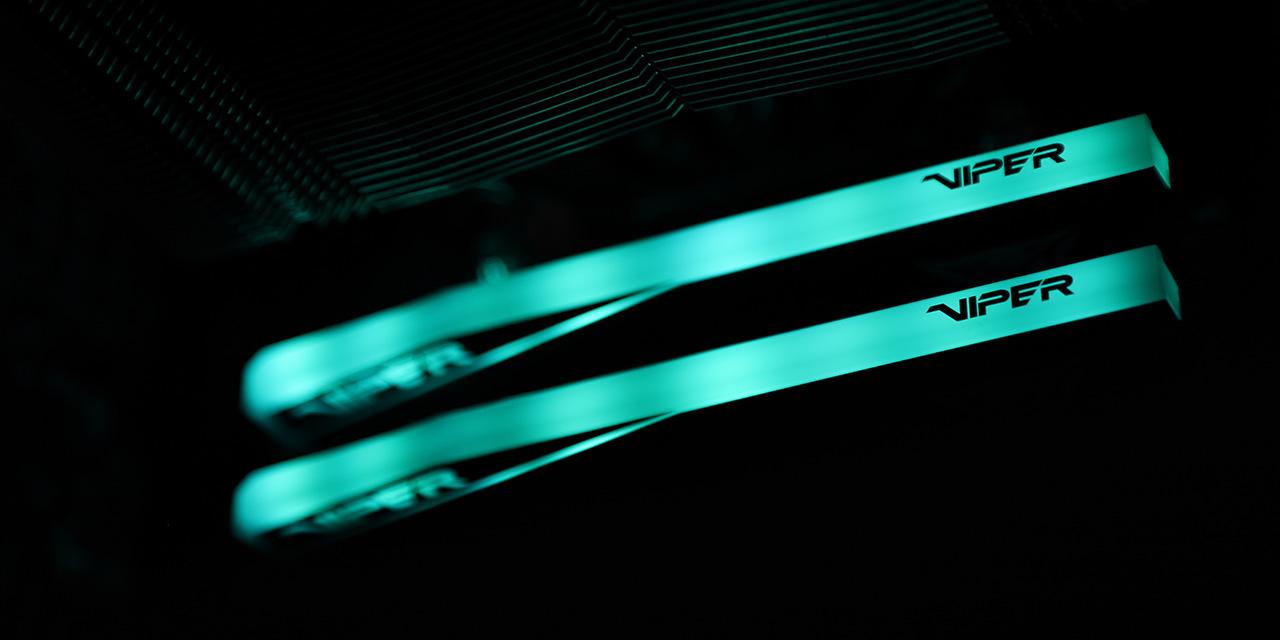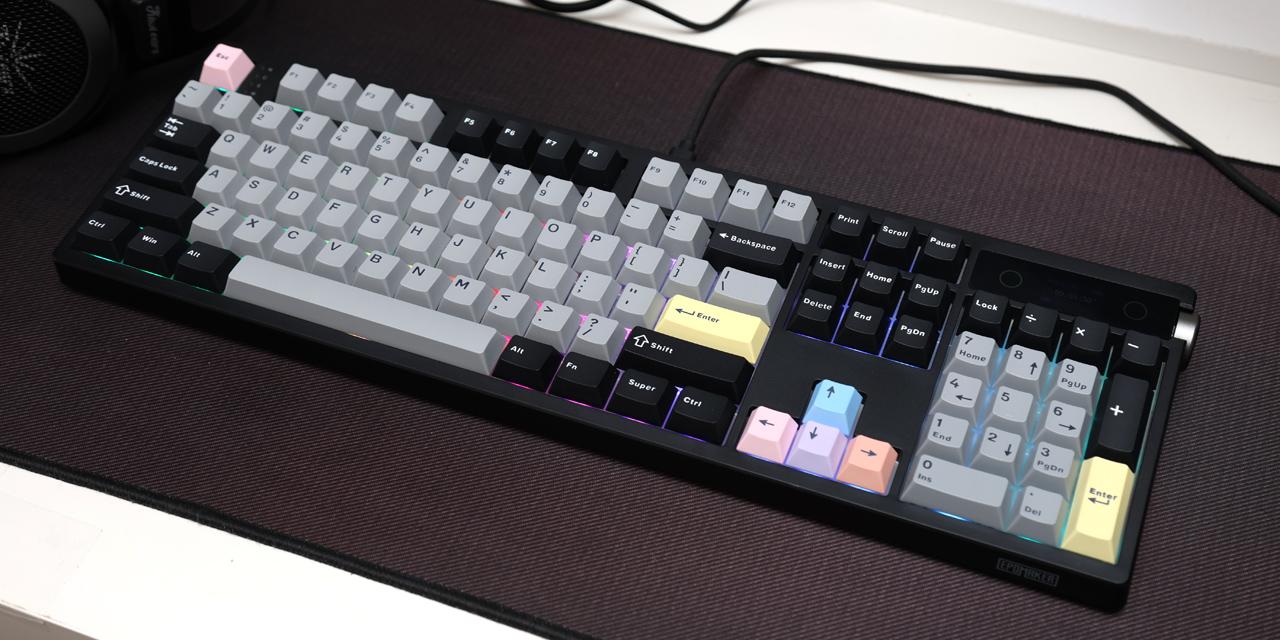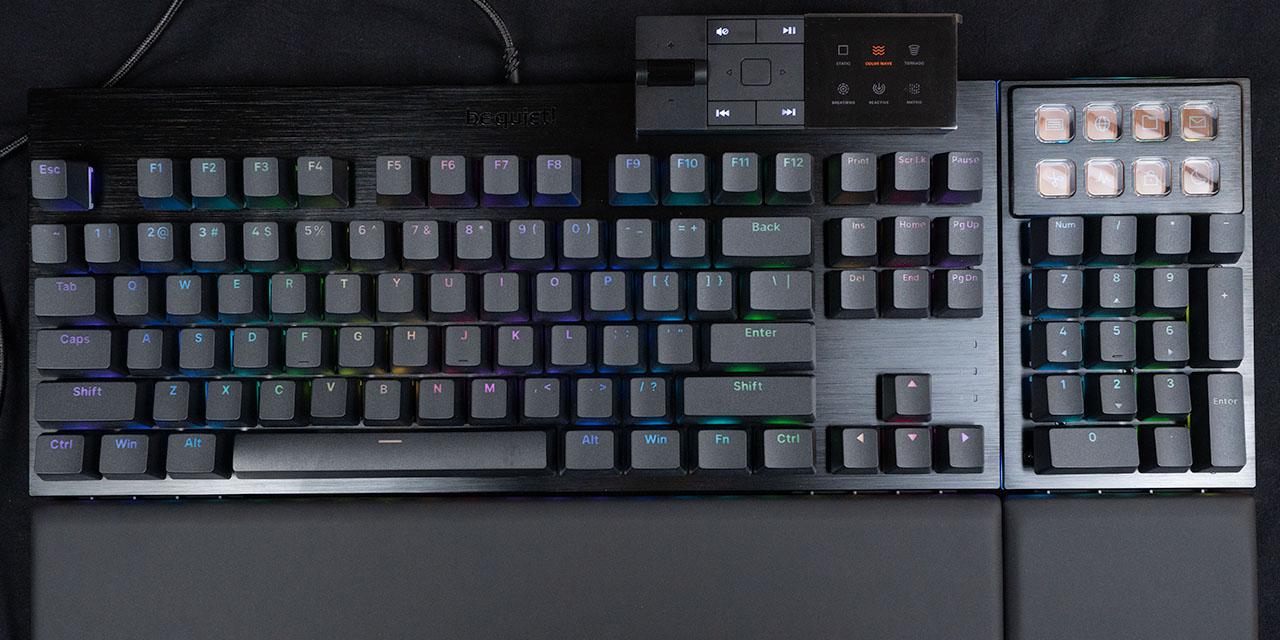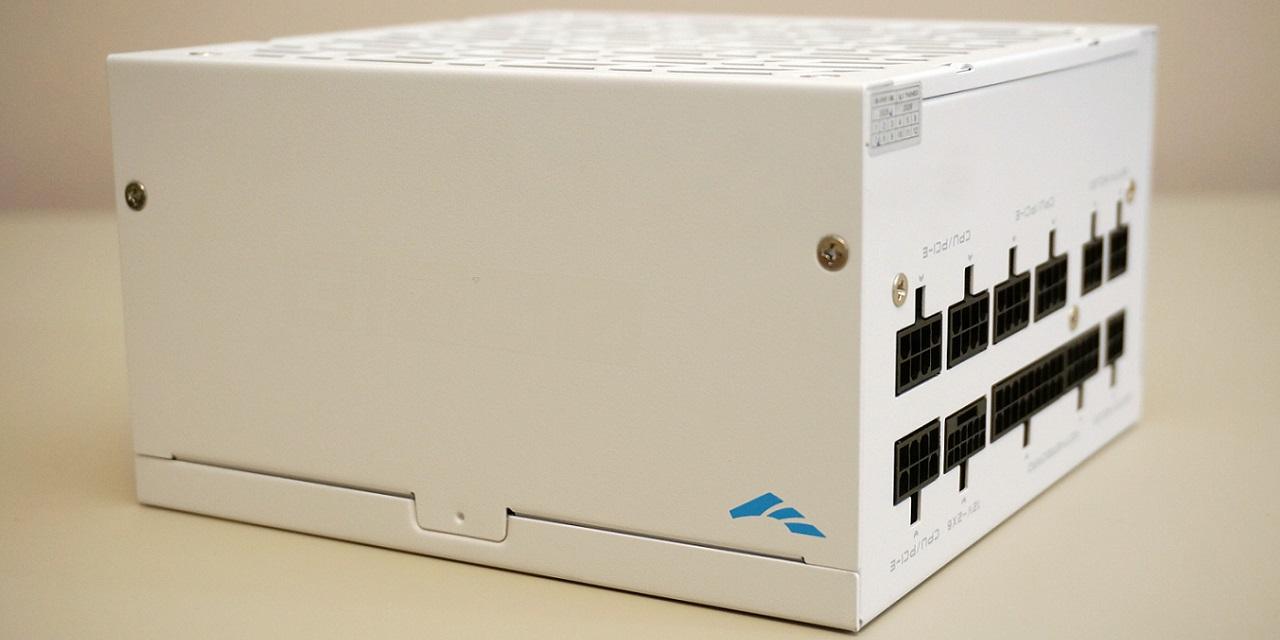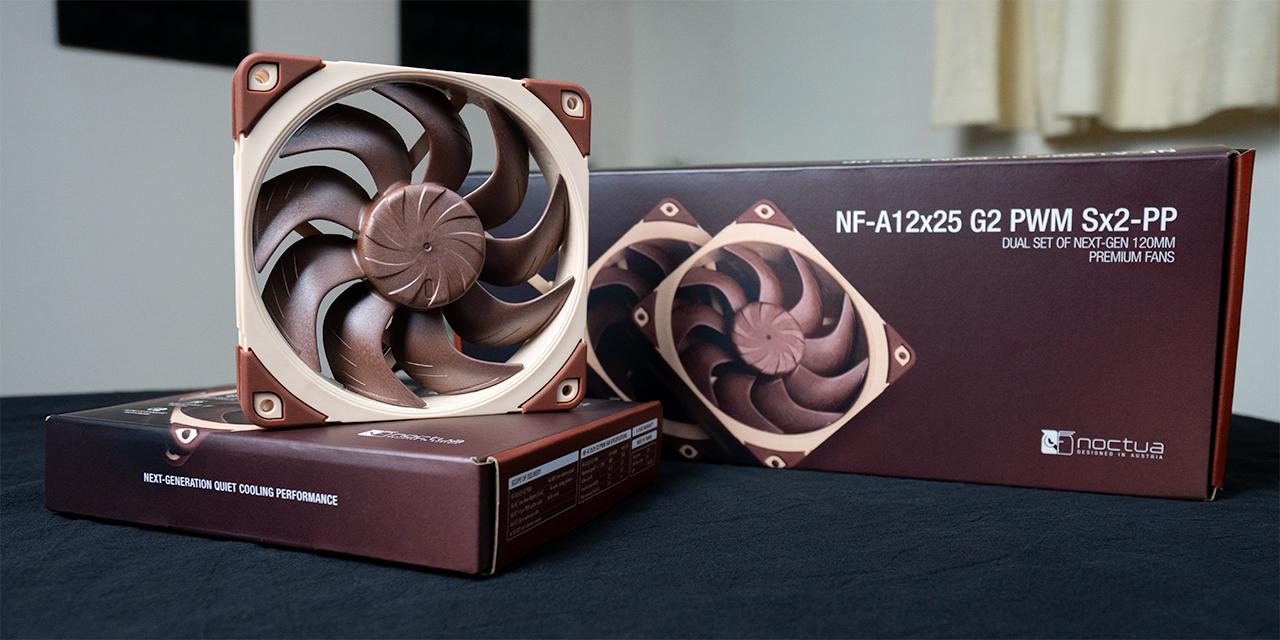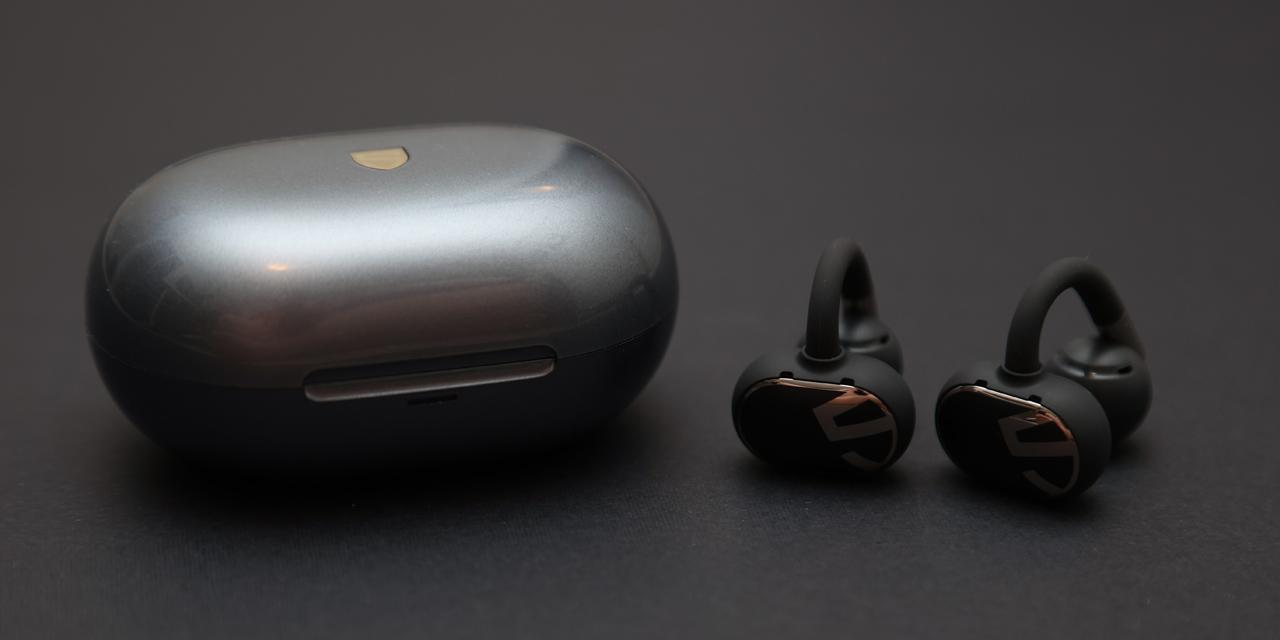Page 2 - Physical Look - Outside

If there is anything common about fish tank-like cases, it is the fact most of them come in a very box-like shape. As two of the sides are made out of glass, there is less flexibility in terms of their bends or curves, so the result is a rectangular prism. This means there are 90-degree corners and edges. As you can see, this is the 3500X ARGB in white, but this case is also available in black. In addition, there are two other versions of Corsair 3500X, including the base and the iCUE Link RGB. From a physical stance, the only difference between these three versions are the fans included, so I will point that out when we get there. Otherwise, the non-windows sides are all matching in color with lots of perforations to allow for air to flow through. From this angle, the real appeal comes from the unobstructed view into the build, but you will not fully appreciate it until there is a system inside. As aforementioned, we have seen other cases like this, including the Thermaltake CTE E600 MX and the Antec C5 ARGB.
As for measurements, the Corsair 3500X ARGB is 506mm tall, 240mm wide, and 460mm long. This makes the enclosure quite compact in size, although it is not the smallest mid-tower case we have seen either. In terms of weight, the 3500X ARGB is relatively light at 10.54kg, especially when you consider the two tempered glass side panels. It is made up of a mix of steel and plastic. Thankfully, everything is solidly put together, with only some flex found in the steel panels.

All of the user-facing I/O is found on the top of the Corsair 3500X ARGB. This is lined up in one column of ports and buttons. At the very front is a square power button with a large power logo on it. This button illuminates white when the system is powered up. Next, there is a pair of USB 3.1 Type-A ports and one USB 3.2 Gen 2 Type-C port. Moving further up, there is a single combination 3.5mm audio jack for both headphone out and microphone in. Finally, there is a second smaller square reset button. Moving away from the I/O, you can see the top ventilation pattern. This stretches from front to back, and has a neat three-prong shape pattern. This pattern is consistent with the rest of the case. Underneath, you can peek and see there is a plastic mesh filter that is held in place by magnets.

Taking a look at the flip side, you will see a solid steel panel with a row of ventilation at the front. This ensures air can flow in and out of the case when you mount fans or radiators there. Once again, this is lined with a mesh filter that is held on by magnets. The back panel has a pretty standard layout. At the top, there is a large slot for the motherboard I/O, with a ventilation area to mount a single 120mm exhaust fan or radiator. Underneath, there are seven expansion slots, which are all perforated for more airflow. Interestingly enough, these slots actually have screws surrounding it. Finally, at the bottom, there is an opening for an ATX-sized power supply.

On the bottom, the Corsair 3500X ARGB shows off even more holes with two large areas of intake or exhaust. This is split between the power supply area and the rest of the case. The whole bottom is lined with a plastic framed mesh filter. This mesh is finer than the other mesh around the case, while the plastic frame ensures the mesh stays in place. Best of all, the frame can be removed from the front of the case for easy cleaning. In each corner is a plastic foot with a square rubber piece to keep the whole system in place. With the feet, they raise the entire 3500X off the surface by around 25mm, allowing for sufficient room for air intake or exhaust.
Page Index
1. Introduction, Packaging, Specifications
2. Physical Look - Outside
3. Physical Look - Inside
4. Installation and Conclusion
